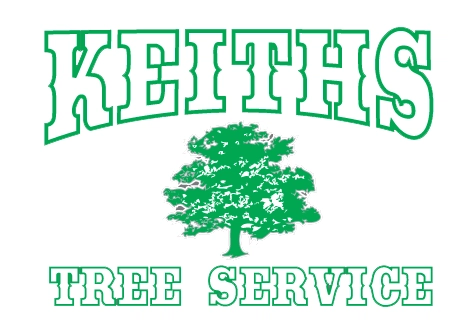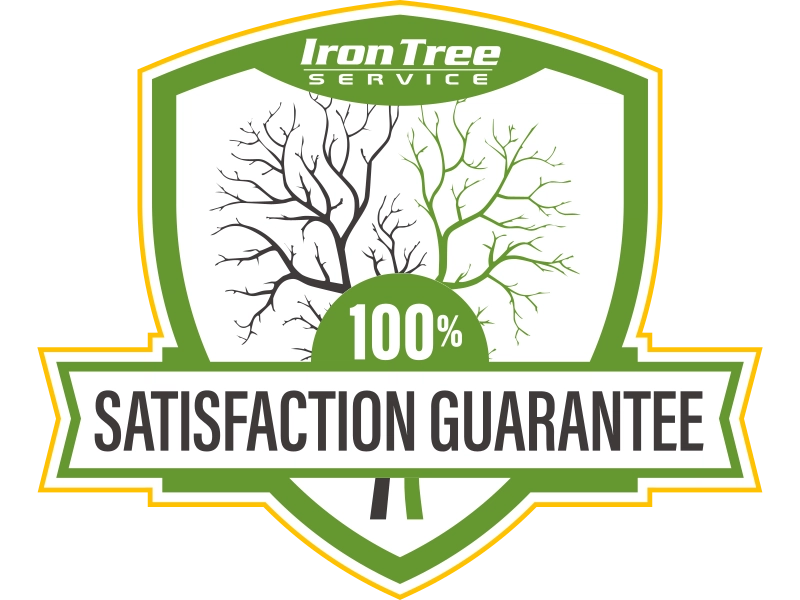How To Choose the Right Lynn Tree Service
When considering a tree removal company, you might look at factors like services and licensing. We highlight some important considerations below.
Vet the Company's Qualifications
Make sure that your tree service provider holds insurance, such as general liability, workers' compensation, and professional liability insurance. Insurance serves to protect both workers and customers. They should specifically mention tree work coverage. Otherwise, you may be held responsible for any injuries or damage on your property. There are no mandatory national certifications for tree removal, but a company may employ a certified arborist to complete inspections. Having one isn't a requirement, but an arborist brings in expert knowledge on tree maintenance, care, and preservation. Arborists are certified by the International Society of Arboriculture (ISA).
Get Quotes From Multiple Companies
Homeowners should obtain quotes from multiple companies to compare things like timelines, included services, and service fees. This helps find the best deal.
Confirm the Company Performs Residential Tree Services
A residential tree removal company will have fewer restrictions than a commercial one. Commercial companies work on large commercial properties and are required to follow certain local ordinances. For this reason, we recommend looking for a company that specializes in residential tree services.
Request a Tree Risk Assessment
A tree risk assessment (TRA) assesses for tree failure. Your tree removal professional will visually inspect a tree and its branches to determine the risk of breakage. A TRA helps minimize the risk of harm to workers and property. Certified arborists typically conduct TRAs. Sometimes there's an additional feel involved, while other times the assessment is included for free with services. Contact your tree removal company and ensure you have a TRA completed before starting work.
Ask About Stump Removal
Tree service companies can remove stumps from your yard by hand or with special equipment. This is important because unattended stumps will rot over time and might attract pests or become diseased. Ask your provider whether stump removal is included with its service. Costs range from $103 to $757, with the typical Lynn homeowner paying about $482.
How Much Does It Cost To Remove A Tree?
The cost of tree removal ranges from $469-$2,065, with an average cost of $963. Things like project size, tree health, and tree size and type may impact the total price. Emergency tree removal costs roughly $2,478, and you'll incur additional fees if a tree has a higher failure risk or requires additional labor, equipment, or safety precautions. Companies may charge by the acre instead of per tree if you're having multiple trees removed.
Ready to Get a Quote on Your Tree Project?
Please enter a valid 5-digit zip code!
Frequently Asked Questions About Tree Removal in Lynn
What are some common tree issues?
What's the difference between tree pruning and tree trimming?
What are some signs that a tree is dangerous?
Do I need to hire a professional for tree removal?
Is it safe to leave a downed tree sitting on my lawn?
To share feedback or ask a question about this article, send a note to our Reviews Team at reviewsteam@thisoldhousereviews.com.













